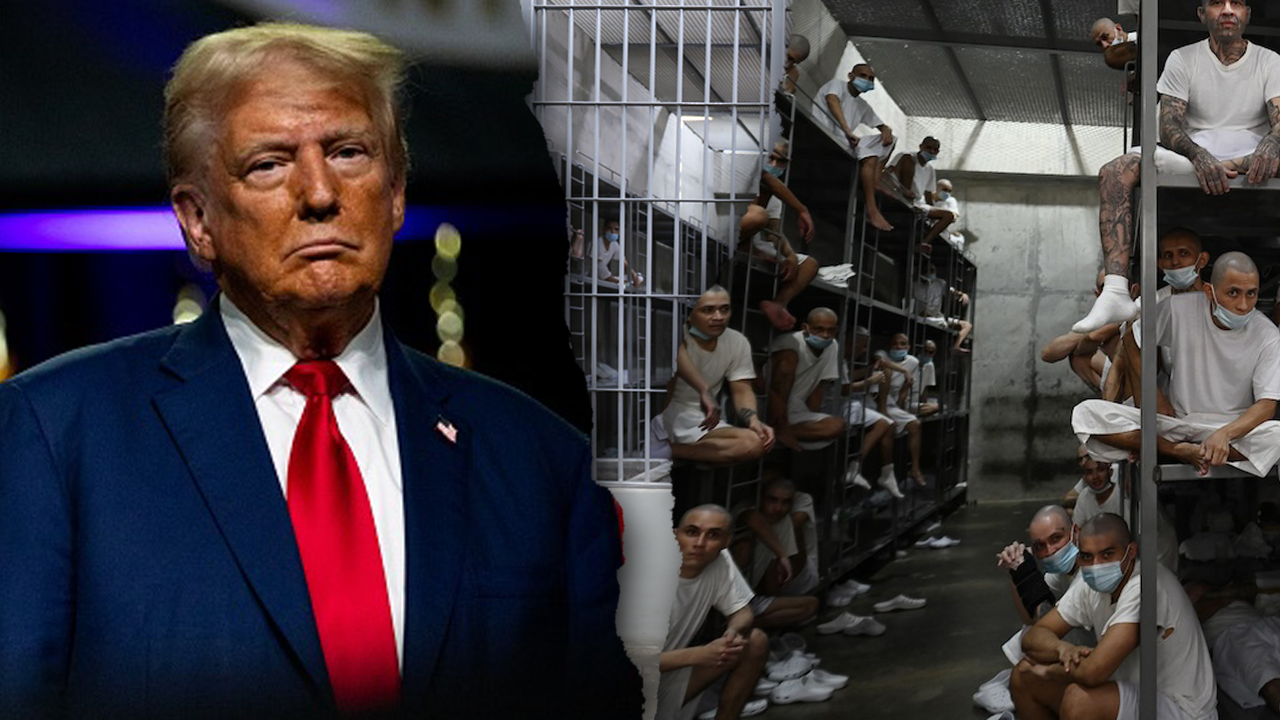Banks are minting money from stock market whiplash.
Goldman Sachs (GS), JPMorgan Chase (JPM), and Morgan Stanley (MS) pulled in more than $12 billion in equities trading revenue last quarter. That surpasses the peak of the post-pandemic trading boom, The Wall Street Journal (NWSA) reports.
“So far, the business is performing very well and clients are very active,” Goldman CEO David Solomon told analysts. That activity is being driven by investors scrambling to recalibrate portfolios with each new signal on how President Donald Trump’s tariff plans might unfold. But inside the country’s biggest banks, first-quarter financial results tell a very different story — one where volatility isn’t a headwind, but a revenue engine.
Yet despite the trading bonanza — and a modest rally in recent days — bank stocks remain deeply in the red. The sector is down roughly 15% year-to-date, compared with an 8% drop in the S&P 500 and a 13% decline in the Nasdaq.
For investors, the question now is whether trading-fueled profits are a blip — or a turning point for the sector.
Goldman Sachs opened the earnings floodgates Monday, reporting a 15% jump in profit to $4.74 billion, or $14.12 per share. That beat Wall Street expectations, and was powered by strong trading revenues.
Posting results Tuesday, Bank of America (BAC) also outperformed, posting EPS of $0.90 on $27.37 billion in revenue. Like Goldman, it credited its trading division for the upside. CEO Brian Moynihan noted the bank is riding a wave of volatility, but warned that “we potentially face a changing economy in the future.”
Citigroup (C) followed with a solid beat of its own: First-quarter net income of $4.1 billion, or $1.96 per share, on $21.6 billion in revenue — a 3% increase from the prior year. Results were strong across all five of Citi’s core businesses, with standout performances in its markets and wealth divisions.
And last Friday, JPMorgan Chase announced earnings of $5.07 per share on $46.01 billion in revenue, with adjusted EPS of $4.91 excluding a one-time gain from the First Republic acquisition. Trading, investment banking, and asset management all helped drive the beat.
Morgan Stanley that day reported net revenues of $17.7 billion, up from $15.1 billion a year earlier, also beating earnings estimates. It cited strong momentum in trading and wealth management, underscoring just how broad the gains have been across the financial sector — even if investor sentiment hasn’t yet caught up.
BlackRock (BLK) also delivered: 12% top-line growth to $5.28 billion, adjusted EPS of $11.30, and record net inflows of $84 billion, led by iShares ETFs. The firm now manages $11.58 trillion in assets.
So why are banks thriving amid all this chaos? In short: Volatility equals volume.
When markets are choppy — as they’ve been throughout the first quarter, and even more so this month in the wake of Trump’s shifting tariff plans — investors rush to reposition their portfolios, hedging bets and chasing safer ground. That activity generates trading fees for banks, especially in their equities and fixed-income divisions.
It’s a bit of a paradox: While market turmoil often hits consumer confidence and corporate dealmaking, it can be a windfall for bank trading desks tasked with executing those reactions.
Still, a booming trading quarter (or two) doesn’t necessarily mean bank stocks are about to take off. Historically, financials tend to lag in recoveries, especially when the outlook for interest rates, credit quality, and economic growth is so murky.
For instance, after the 2008 financial crisis, bank stocks took years to return to pre-crisis levels — while sectors such tech and consumer discretionary stocks bounced back much faster. And even in 2020, when trading revenues surged during pandemic volatility, that boost didn’t translate into lasting stock outperformance.
For now, Wall Street banks are quietly riding the storm they didn’t directly create. Whether that success translates into enthusiasm for their own stocks is another question entirely, especially with economic risks still looming — and the full impact of tariffs yet to hit Main Street.
The post Wall Street banks are cashing in on trade war chaos appeared first on Quartz.



















